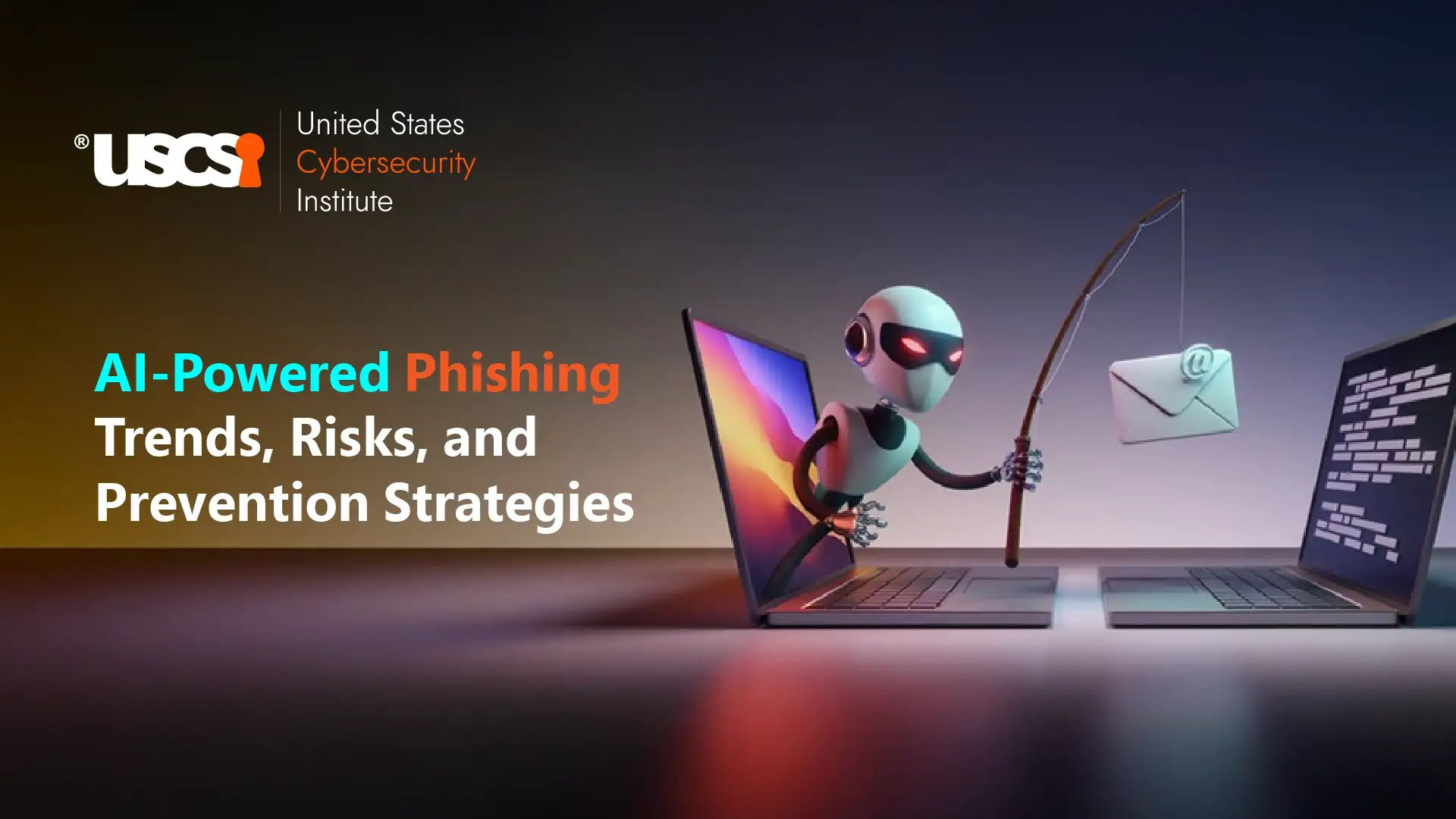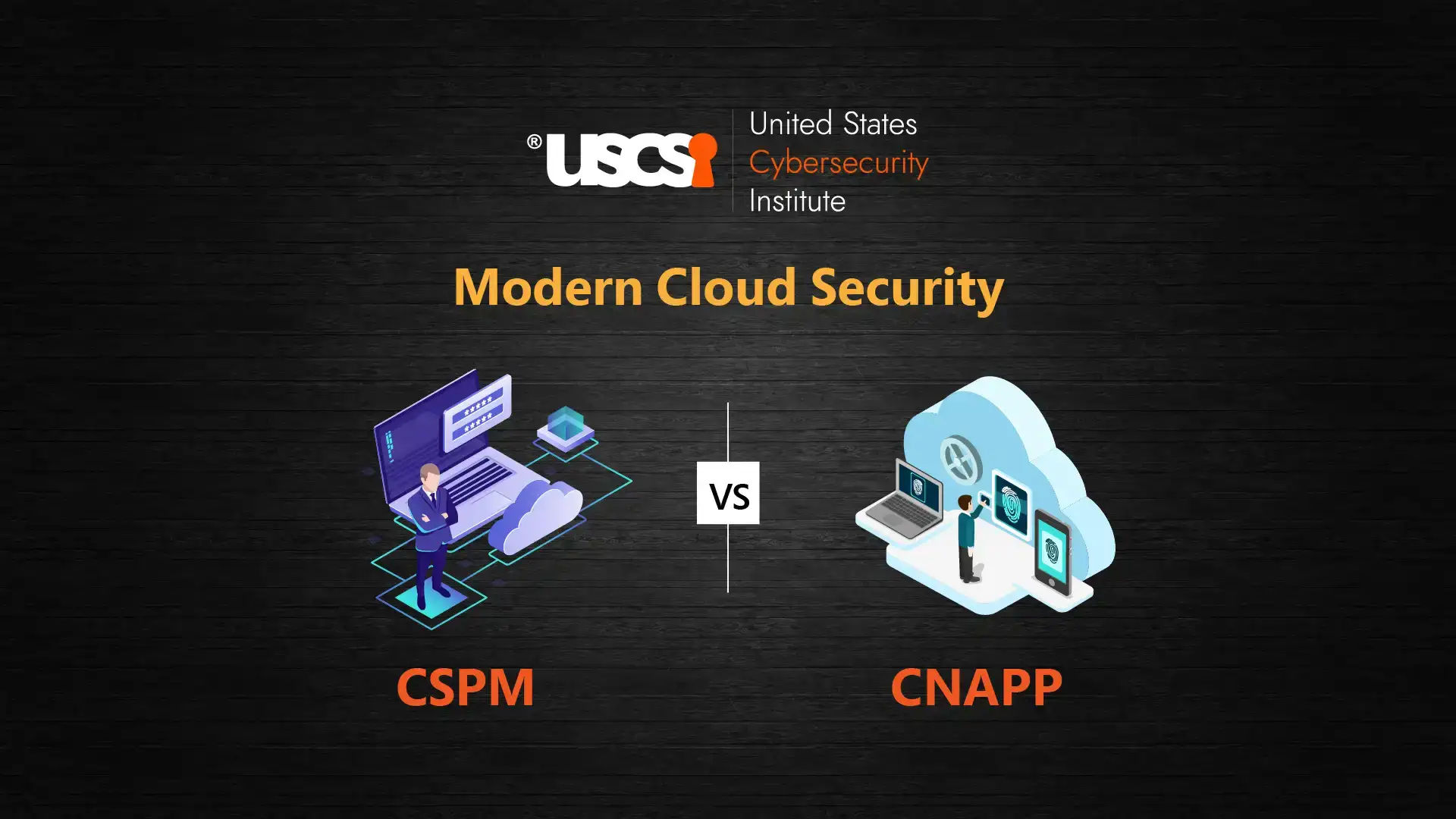

AI-Powered Phishing Detection & Prevention Strategies for 2026
Phishing has entered a new and frightening chapter. From scam emails, now with the assistance of artificial intelligence, think of the possibilities on the scale of AI phishing. The 2025 Phishing Threat Trends Report by KnowBe4 indicates that 82.6 percent of phishing emails analyzed between September 2024 and February 2025 contained AI.
It is not just about scale; it is also about sophistication. AI phishing means the attacker can use AI to generate hyper-personalized messages, clone trusted voices, or set up realistic fake websites in minutes, to make it seem completely believable. As it is much easier to deploy and expose, organizations as well as individuals, need to evolve to change.
Let’s explore more about what AI-powered phishing is, its latest trends, real-world AI use cases in phishing, and strategies to detect and prevent these attacks.
What is AI-Powered Phishing?
It utilized AI and machine learning in cybersecurity to create believable scams. In contrast to standard phishing, these attacks occur at speed, making them more personal, and are increasingly multimodal; they can be a mixture of emails, deepfake voices, videos, and websites.
With the ability to mimic legitimate communication without seeming suspicious, AI phishing becomes much harder to detect, and awareness, advanced detection tools, and training become essential tools for defense.
How AI is Changing Phishing Attacks
-
Scalability and Automation
With tools available today, attackers can now generate thousands of phishing emails in seconds. The emails can also be slightly modified to trick spam filters, which makes mass casualty attacks much easier.
-
Hyper-Personalization
Artificial intelligence machines scrape social media activity, job roles, company updates, etc., to generate messages that feel either familiar, relevant, or trustworthy.
-
Deepfake Video and Voice
Voice-cloning AI can replicate the tone and speech of loved ones or executives, allowing for vishing (voice phishing) that is highly convincing.
-
Intelligent Domain Spoofing
AI can quickly generate a replica of a brand's website, complete with logins, chat, and fake MFA portals. Even trained users have difficulty distinguishing fake websites from the actual website.
-
Adaptive Phishing Kits
PhishingNow attack tools adjust wording, tone, and message sequence based on user behavior, much like an automated customer service chatbot, but for criminals.
Real-World Use Cases of AI-Powered Phishing
-
Context-Aware Message Spear Phishing
Attackers use publicly available data to create emails that reference recent events within organizations, for example, a product launch, a new hire/promotion, or a team project.
-
Business Email Compromise (BEC) Without Scale
AI can analyze the tone of an organization's communications and the typical phrases that employees use in context. With this analysis, attackers can impersonate a CEO, CFO, or vendor with linguistic accuracy in order to authorize wire transfers or changes in invoices.
-
Deepfake Voice Verification Social Engineering
An employee receives a voicemail from what sounds exactly like their manager, instructing them to reset their passwords urgently or to share access.
-
Automated Phishing Sites
With AI tools, attackers can create hundreds of fraudulent websites, using the logo, presentation style, or colors of real brands, with user experiences and phishing forms often indistinguishable from legitimate websites.
-
Vibe Hacking
Some attacks utilize vibe hacking methods where AI analyzes human behavior and emotional responses to cause the victim to make an unsafe decision.
Why AI-Generated Phishing Is Hard to Detect
-
Widespread Lack of Errors
AI systems have removed the familiar spelling and writing errors that made phishing identification easier.
-
Tone Matching
Now, modern LLMs can replicate a company's style of communication in order to enhance the effectiveness of impersonation social-engineering attacks.
-
Behavioral Analysis by Attackers
Contains instances of cybercriminals studying timing, when employees respond to emails, what employees frequently communicate, and what employees typically approve with requests.
-
Zero-Hour Attacks
AI-generated phishing links and domains arrive so quickly that they disappear quickly, often before black-lists catch up. Traditional defenses are not fast enough.
How to Detect AI-Powered Phishing
-
Psychological manipulation
Even well-crafted phishing messages still create a sense of urgency, fear, or secrecy.
-
Subtle tone mismatches
The message may still “sound” right, but feel out of place about phrasing, warmth, or formality.
-
Checks for verification
Hovering over links, reviewing the email domains, and confirming identities can often reveal discrepancies.
-
Awareness of deepfakes
If you receive an out-of-the-ordinary voice call, video request, or compiled instruction, you should always double-check them through another channel.
-
Use AI-based detection tools
Modern AI security solutions look for communication patterns, multimodal signals (text, images, behavior), and new domains to detect modern phishing.
How to Prevent AI-Powered Phishing
For Individuals
- Always confirm irregular requests using another means of communication.
- Turn on multi-factor authentication on all accounts.
- Do not respond to any message indicating an urgency or secrecy.
- Limit personal information made publicly available that could be used against you.
For Organizations
- Implement AI-native email security technologies that evaluate language patterns, sender reputation, and behavioral anomalies.
- Conduct real-world phishing testing, not just dated training based on text.
- Use zero-trust security.
- Create a simple reporting process so employees know how to report suspicious emails.
LLM Security Risks & AI Maturity in Cybersecurity
AI possesses its own security threats regarding its deployment and potential use:
- There are prompt injection threats when a malicious actor can manipulate a model to elicit confidential or sensitive information.
- Jailbreaking is the bypassing of safety mechanisms present to shield the user from unsafe content within a generative model.
- Data poisoning is when a malicious actor is tampering with the data intended to train the model.
- There's also the potential for an unintended or undesired data exposure that may occur by unwittingly feeding confidential information to LLMs without guardrails being in place.
Strengthening Cybersecurity Skills for the AI-Driven Phishing Landscape
With the advancement of AI techniques increasing phishing & cyber threats and evolving the field of cybersecurity, cybersecurity experts are urged to evolve as well. In order to keep ahead of rapidly evolving threats, continuous cybersecurity upskilling is now a given; it is not optional!
This is where USCSI® - United States Cybersecurity Institute, fills the gap, providing specialized cybersecurity certifications that enhance the knowledge and understanding of AI-driven threats while also building capabilities to remain effective and resilient in the world of AI-enabled cybersecurity.
Read More: Not-to-Miss Top Cybersecurity Skills for 2026
Way Forward
Phishing that utilizes AI technology is no longer a threat of the future; it is present across the emerging and evolving combination of automation, personalization, and deception as never before. While attackers become smarter and methodical with their attempts, the technology that we have also continued to grow smarter and process faster.
Security in the new AI-driven world is not an added option, but rather a continuing skill in growing your cybersecurity career. The best defense starts with knowledge.




